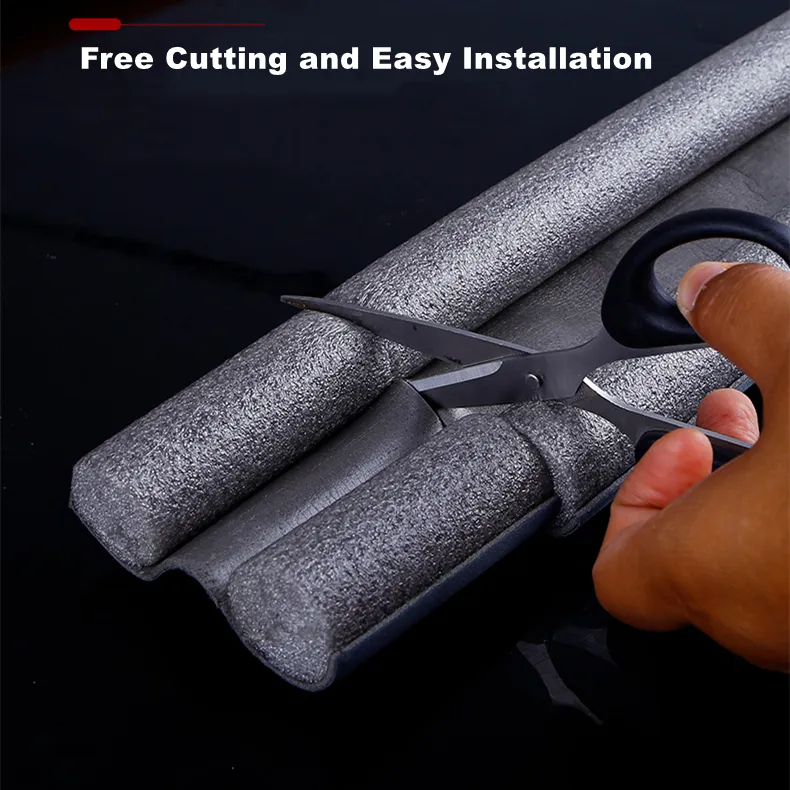Innovative Solutions for Efficient Water Management and Drainage Systems in Agriculture
Understanding Mat Drain A Comprehensive Overview
Mat drains are an innovative solution in the field of civil engineering, particularly in geotechnical and environmental applications. They serve as an essential component in managing groundwater, controlling soil settlement, and mitigating groundwater-related issues. This article explores the principles, design, and applications of mat drains, along with the benefits they provide in various projects.
What is Mat Drain?
Mat drain systems consist of a network of drainage materials, typically a combination of granular materials and drainage geotextiles. These systems are designed to collect and convey groundwater away from a specific site, preventing water retention that can lead to soil instability and other related issues. Mat drains are installed horizontally beneath other construction layers, such as pavements or building foundations, functioning effectively to manage water flow.
Principles of Mat Drain
The underlying principle of mat drains is based on the concept of reducing pore water pressure within the soil. When excess groundwater is present, it increases the pressure in soil pores, leading to a phenomenon known as effective stress loss. This loss can result in soil liquefaction or settlement, posing risks to structures. Mat drains facilitate the horizontal drainage of water, which helps to lower the pore water pressure and stabilize the soil.
Design Considerations
Designing an effective mat drain system involves several key considerations
1. Site Assessment Before installation, a thorough site investigation is crucial. This includes hydrological studies, soil testing, and an analysis of groundwater levels. Understanding the site's characteristics helps in determining the drainage capacity required.
2. Material Selection The choice of materials affects the performance of the mat drain. Typically, a combination of coarse gravel and geotextiles is used to ensure effective water flow while providing sufficient filtration to prevent soil contamination.
3. Drainage Layout The layout must be designed to ensure optimal water collection. This often involves a grid or series of lines distributed evenly across the site to capture groundwater efficiently.
4. Elevation and Slope The gradient of the drainage system is vital. A slight slope ensures that water can flow freely towards designated discharge points, preventing stagnation.
Applications of Mat Drain
mat drain

Mat drains have numerous applications across various sectors
- Construction Projects In large-scale constructions, such as highways, bridges, and buildings, mat drains are employed to manage groundwater levels, which helps prevent structural damage.
- Landfills and Waste Management Mat drains are utilized to control leachate and groundwater, ensuring that hazardous materials do not contaminate surrounding areas.
- Agricultural Practices Farmers use mat drains to enhance crop yield by improving soil conditions and preventing waterlogging, which can adversely affect plant growth.
- Mining Operations In mining, mat drains help manage water influx during the excavation process, ensuring safe and stable operations.
Benefits of Mat Drain Systems
The advantages of implementing mat drains are numerous
- Stability By lowering pore water pressure, mat drains significantly enhance soil stability, reducing the risk of settlement or liquefaction.
- Cost-Effectiveness Although the initial installation may require investment, the long-term benefits of avoiding structural damage translate to overall cost savings.
- Environmental Protection Proper drainage systems help protect the environment by managing groundwater effectively, reducing the risk of contamination.
- Versatility Mat drains can be adapted to a variety of site conditions and are effective in different soils, making them a versatile option for many projects.
Conclusion
In conclusion, mat drains are a crucial element in modern construction and environmental management. Through their innovative design and effective water management capabilities, they enhance the stability of soils, protect structures, and contribute to sustainable practices in various industries. As civil engineering continues to evolve, the role of mat drains will likely expand, offering even more solutions to the challenges posed by groundwater management.
-
Under Door Draught Stopper: Essential ProtectionNewsJul.31,2025
-
Garage Door Seal and Weatherstrips for ProtectionNewsJul.31,2025
-
Edge Banding Tape for Perfect EdgesNewsJul.31,2025
-
Table Corner Guards and Wall Corner ProtectorsNewsJul.31,2025
-
Stair Nose Edging Trim and Tile Stair SolutionsNewsJul.31,2025
-
Truck Bed Rubber Mats for Pickup BedsNewsJul.31,2025
-
Window Weather Stripping for Noise ReductionNewsJul.29,2025